Ghee, the clarified form of butter deeply rooted in South Asian culture, has transcended traditional kitchens to become a global health and culinary phenomenon. Revered for its rich flavor, high smoke point, and myriad health benefits, ghee is not only a dietary staple in millions of homes but also a key product in global dairy trade. But have you ever wondered: Which country is the largest ghee producer in the world?
The answer is clear—India.
India stands tall as the world’s largest ghee producer, accounting for the majority of global ghee production and consumption. With deep cultural significance, immense dairy production capacity, and a growing global market, India’s dominance in the ghee industry is unmatched. In this article, we will explore how India came to lead the world in ghee production, examine its economic impact, look at other competitors, and assess the global outlook for this golden elixir.
What Is Ghee and Why Is It Important?
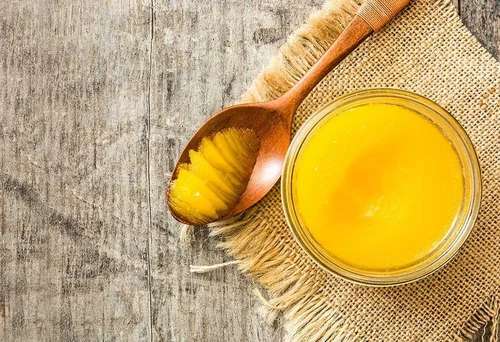
Ghee is clarified butter made by simmering unsalted butter to remove water content and milk solids, leaving behind pure butterfat. It has been used for thousands of years in Indian and South Asian households for cooking, religious rituals, Ayurvedic medicine, and skincare.
Its importance lies in:
- High smoke point (~250°C/485°F) – ideal for cooking and frying.
- Lactose-free nature – suitable for people with dairy sensitivities.
- Rich flavor and aroma – enhances the taste of food.
- Long shelf life – does not require refrigeration.
- Ayurvedic benefits – promotes digestion, immunity, and vitality.
With such attributes, ghee is a cornerstone of diets not only in India but increasingly across the globe.
India: The Global Ghee Powerhouse
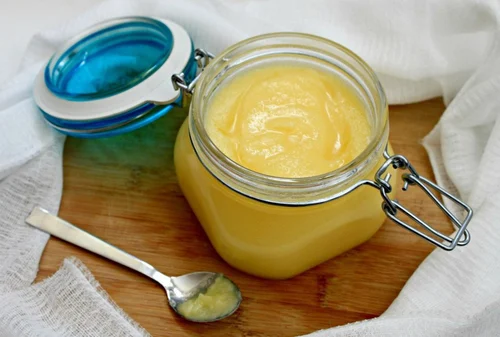
1. Largest Dairy Producer in the World
India is the largest milk-producing country in the world, with over 230 million metric tons of milk produced annually, according to FAO and National Dairy Development Board (NDDB) data. With such a vast milk supply, India naturally leads in the production of milk-based products like butter, curd, paneer, and most notably—ghee.
Roughly 30–40% of India’s total milk production is directed toward traditional dairy products, with ghee occupying the top slot in value-added products. India produces over 2.2 million metric tons of ghee annually, meeting both domestic and international demands.
2. Cultural and Culinary Integration
Ghee is more than just a food product in India—it’s part of religion, health, and tradition. It is used in:
- Cooking and frying – from dals and curries to parathas and sweets.
- Ayurveda – ghee is considered a powerful rasayana (rejuvenator).
- Rituals and festivals – used in lamps, havans (fire offerings), and offerings to deities.
- Daily diet – consumed by all age groups across income classes.
This cultural dependence ensures that India has the highest per capita ghee consumption in the world, estimated at over 3 kg per person per year in many regions.
3. Strong Domestic Demand and Market Size
India’s ghee market is valued at over USD 8 billion and growing rapidly, driven by rising incomes, urbanization, and increasing awareness of traditional health foods. Both branded ghee and loose/locally made ghee contribute significantly to this booming sector.
Popular national brands include:
- Amul
- Mother Dairy
- Patanjali
- Gowardhan
- Paras
In addition, countless small dairies and local producers operate in rural India, fulfilling local needs and contributing to overall production.
Export and Global Reach
Though most of India’s ghee production is consumed domestically, exports are increasing. The Indian government, under the Ministry of Commerce, has been promoting dairy exports through the Agricultural and Processed Food Products Export Development Authority (APEDA).
Top Export Destinations:
- United States
- United Arab Emirates
- Saudi Arabia
- Australia
- Canada
- Nepal
India exported more than 10,000 metric tons of ghee in the most recent financial year, with growing popularity in countries with Indian and South Asian diaspora. The U.S. has emerged as the fastest-growing market for Ayurvedic and natural products, including grass-fed and organic ghee.
Economic and Social Impact
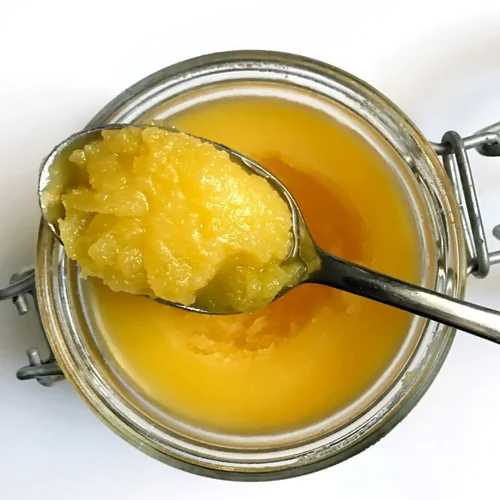
The Indian ghee industry supports millions of livelihoods, especially in the rural dairy belt. Key economic impacts include:
- Income for dairy farmers, especially women who form a major part of India’s dairy workforce.
- Growth of MSMEs (Micro, Small & Medium Enterprises) in ghee processing and packaging.
- Boost to organic and value-added segments like A2 milk ghee, bilona ghee, and grass-fed ghee.
The White Revolution in India, led by Dr. Verghese Kurien, transformed the country from a milk-deficient to a self-sufficient dairy giant, laying the groundwork for India’s current status as the ghee leader.
Traditional vs. Modern Ghee Production
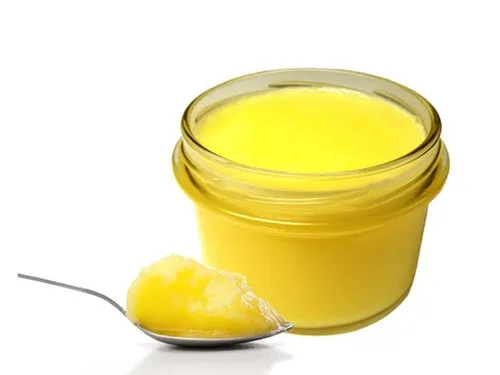
Ghee in India is produced in two main ways:
1. Traditional (Desi or Bilona Method)
- Milk is fermented into curd.
- Curd is churned into butter.
- Butter is heated to extract ghee.
This method, while time-consuming, produces highly aromatic, rich ghee with therapeutic properties. It is often made in small batches and sold as premium A2 ghee.
2. Industrial Method
- Cream is separated from milk using centrifuges.
- Cream is heated in steam-jacketed vessels to extract ghee.
This process is used by commercial dairies for mass production. Though slightly less aromatic, it ensures uniformity and longer shelf life—ideal for retail and export.
Other Major Ghee Producers Around the World
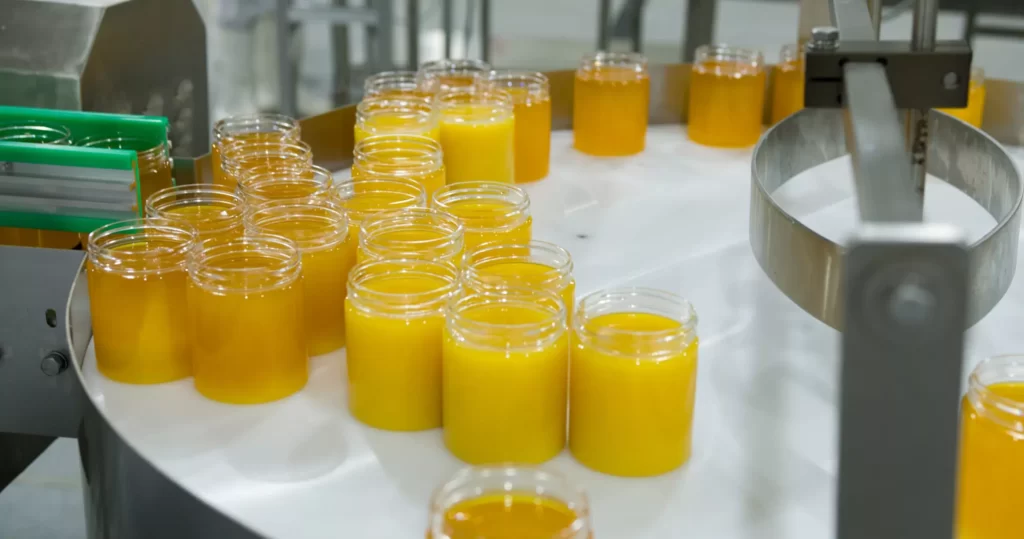
Pakistan
Pakistan is a major consumer and producer of ghee, especially Vanaspati ghee, a hydrogenated substitute made from vegetable oils. However, pure dairy-based ghee production is still significant, especially in rural areas. Estimates suggest annual production around 500,000–600,000 metric tons.
Bangladesh
Ghee is widely used in Bangladeshi cuisine, particularly in biryani and festive dishes. Annual production is smaller, ranging between 100,000–150,000 metric tons, and primarily consumed domestically.
Nepal, Sri Lanka, and Middle Eastern Countries
These countries have modest ghee production levels, often supplemented by imports from India. Some Middle Eastern countries produce camel or sheep ghee for traditional use.
United States and Europe
With the rise of Ayurveda, keto diets, and wellness trends, artisanal ghee producers have popped up in the U.S., UK, and Australia. However, production is niche and not comparable to India’s scale.
Health Trends and Rising Global Demand
Ghee has entered the health-conscious global market as a superfood. It is now praised for:
- Keto and paleo diet compatibility
- Richness in healthy fats and vitamins (A, D, E, K)
- Gut and brain health
- Anti-inflammatory and detoxifying properties
These attributes have boosted demand in health food stores, e-commerce platforms, and organic supermarkets.
Popular global ghee brands include:
- Ancient Organics (USA)
- 4th & Heart (USA)
- Pure Indian Foods (USA)
- Organic India (Exported from India)
Challenges in Ghee Production
Despite its leadership, India’s ghee industry faces challenges such as:
- Milk adulteration and quality control issues
- Lack of cold-chain logistics for dairy
- Increasing input costs for fodder and livestock
- Consumer trust in branded vs. loose ghee
Efforts are being made to enforce FSSAI standards, promote organic dairy farming, and incentivize value addition for exports.
Conclusion: India—The Undisputed Ghee Giant
From its cultural roots in Vedic rituals to its global rise as a wellness product, ghee has come a long way. And no country embodies this journey better than India—the largest ghee producer in the world.
With unmatched milk production, deep cultural integration, and a booming domestic and international market, India is not only the heartland of ghee but also its largest global supplier. As awareness of ghee’s health benefits continues to grow, and as demand for natural fats increases, India is well-positioned to lead this golden revolution for decades to come.

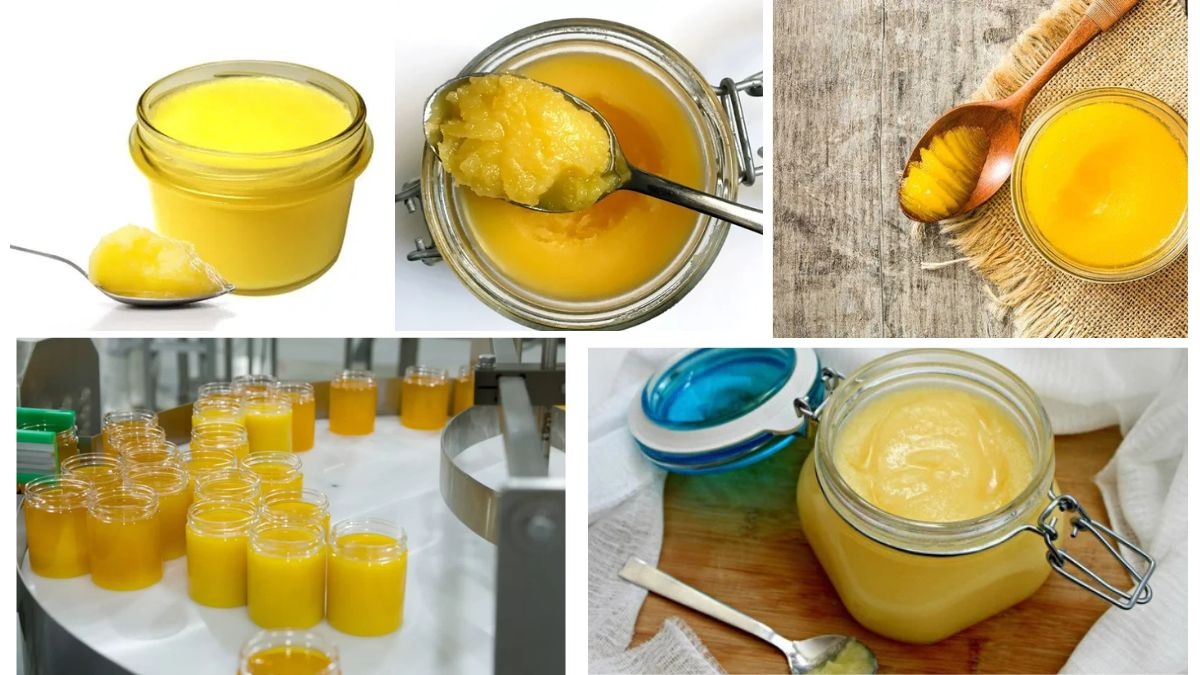


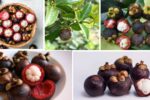
Leave A Comment